How to Enable or Disable Save Passwords in Microsoft Edge in Windows 10?
The new Microsoft Edge will ask the users if they want to save their password whenever they try to sign in to a website. This feature is used to automatically sign in users when they revisit the website. It will automatically fill in the remembered username and password for that specific website. However, users can disable this feature if they don’t want to see it anymore. An administrator can also grey out the password manager toggle option for other users. In this article, we will show you methods through which you can enable or disable password saving in Microsoft Edge.

Method 1: Using the Browser Settings
The setting for saving passwords on the Microsoft Edge can be found in the browser settings. This option can be accessed by any user that can open the Microsoft Edge. By changing the toggle option, users can enable or disable this feature. If you want to grey out the option from other users, then check the Registry or Group Policy methods. Follow the below steps to locate the setting and configure it:
- Open the Microsoft Edge by double-clicking on the Shortcut or searching it through the Windows search feature.
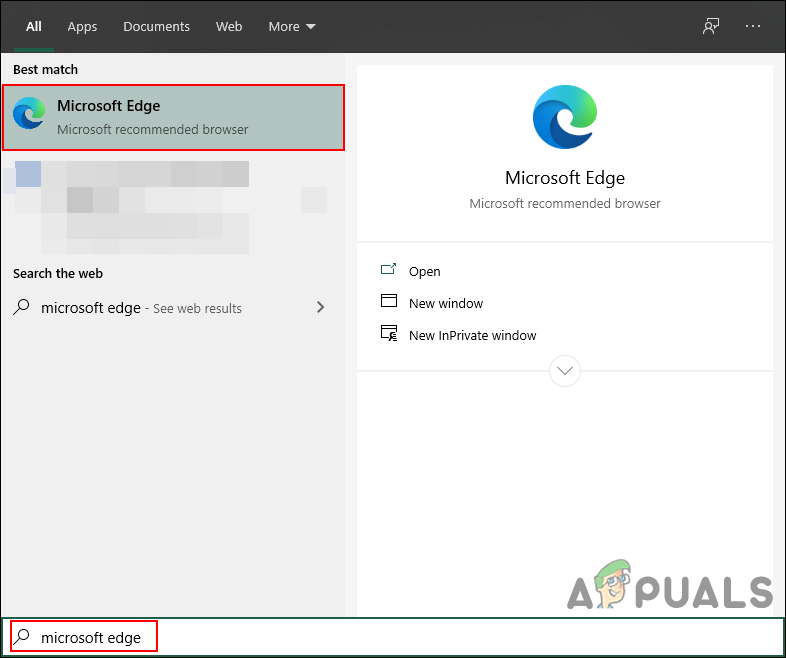
Opening Microsoft Edge - Click on the Settings and More option at the top right corner. Then select the Settings option from the list.
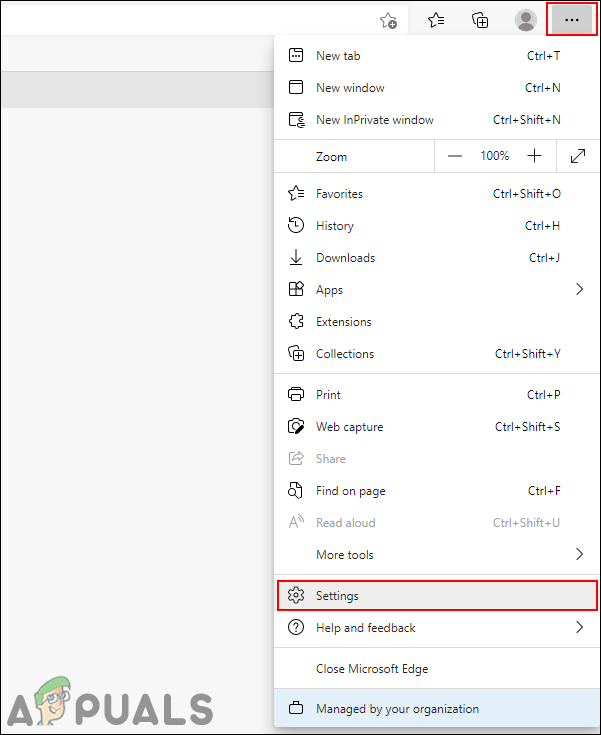
Opening Settings - Select the Profiles option on the left pane, and then click on the Passwords option on the right pane.

Opening password settings - Now you can find the Offer to save passwords option. If you turn ON the toggle, it will enable the password saving feature. If you turn OFF the toggle, it will disable this feature and do not offer to save passwords.

Toggle option for saving passwords
Method 2: Using the Registry Editor
The Windows Registry is a database of different kinds of settings provided by Microsoft Windows. It will contain the setting for the operating system and for the application. Unlike the other methods, configuring the Registry Editor is a bit technical. One wrong configuration in the Registry Editor can cause multiple issues for the system. However, by following the below steps, you will be able to configure the password manager for Microsoft Edge safely.
- Press the Windows and R keys on your keyboard to open a Run command dialog box. Now type “regedit” and press the Enter key. It will open the Registry Editor and if prompted by UAC (User Account Control), choose the Yes option.

Opening the Registry Editor - In addition to making new changes in Registry, you can create a registry backup for safety. Click on the File menu in the menu bar and choose the Export option in the list. Now name the file and select the directory where you want to save it. Lastly, click on the Save button to save the backup.

Creating registry backup Note: You can always recover backup by clicking on the File > Import option and then selecting the backup file that you previously created.
- In the Registry Editor window, you need to navigate to the following path:
HKEY_LOCAL_MACHINE\SOFTWARE\Policies\Microsoft\Edge
- If the Edge key is missing in the above path, you can right-click on the Microsoft key and choose the New > Key option. After that, rename that key as “Edge“.
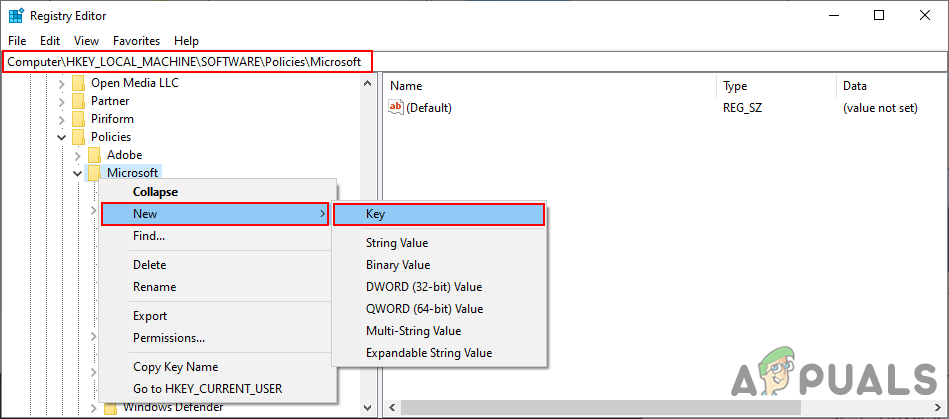
Creating the missing key - Select the Edge key, right-click on the right pane and choose the New > DWORD (32-bit) Value option. After that, name this newly created value as “PasswordManagerEnabled“.
Note: For the older version of the Edge, the name of the value will be “FormSuggest Passwords“.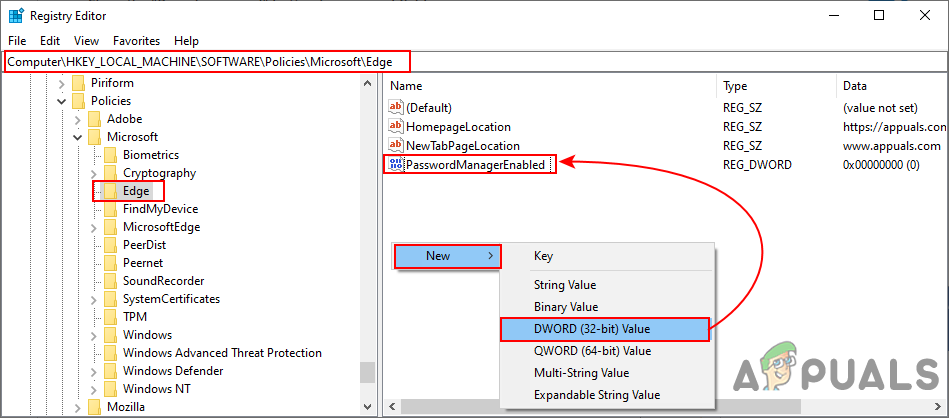
Creating a new value - Now double-click on the PasswordManagerEnabled value and it will open a small dialog. Now to disable the password saving, type the value data 0. To enable the password manager, type the value data 1.
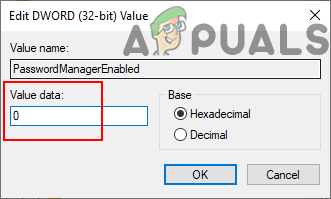
Changing the value data - Once the configurations are made, make sure you restart the Microsoft Edge to apply these changes.
Note: If the changes still do not appear, you need to restart the system. - If you want to make this feature available for the users in the Microsoft Edge settings, then simply remove the PasswordManagerEnabled value from the Registry Editor.
Method 3: Using the Local Group Policy Editor
The Group Policy allows users to configure and manage the operating system. It consists of two major categories of group policies, Computer, and User. The left pane of the Group Policy Editor can be used to navigate to the specific setting. However, the Local Group Policy Editor isn’t available for the Windows Home edition. If you are using the Windows Home edition, then skip to the next step.
For the older version of Edge, the path will be “User Configuration\Administrative Templates\Windows Components\Microsoft Edge\“. The name of the policy-setting will be “Configure Password Manager“.
- Open the browser and visit the Microsoft site. Select the version details for your Microsoft Edge and then click on the GET POLICY FILES. It will start downloading the latest policy files.
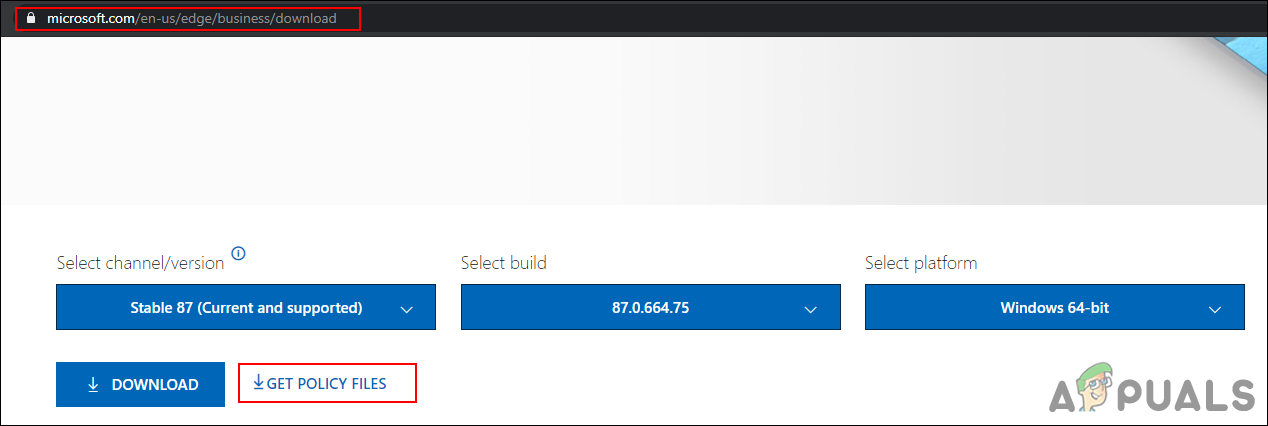
Downloading the new policy files - The file will be downloaded in a ZIP format, then extract it by using the WinRAR or a similar application as shown:

Extracting the zip folder - Open the extracted folder and go to “MicrosoftEdgePolicyTemplates\windows\admx” path.
- Now copy the “msedge.admx” and “msedge.adml” files and then paste them into the system’s “C:\Windows\PolicyDefinitions” folder.
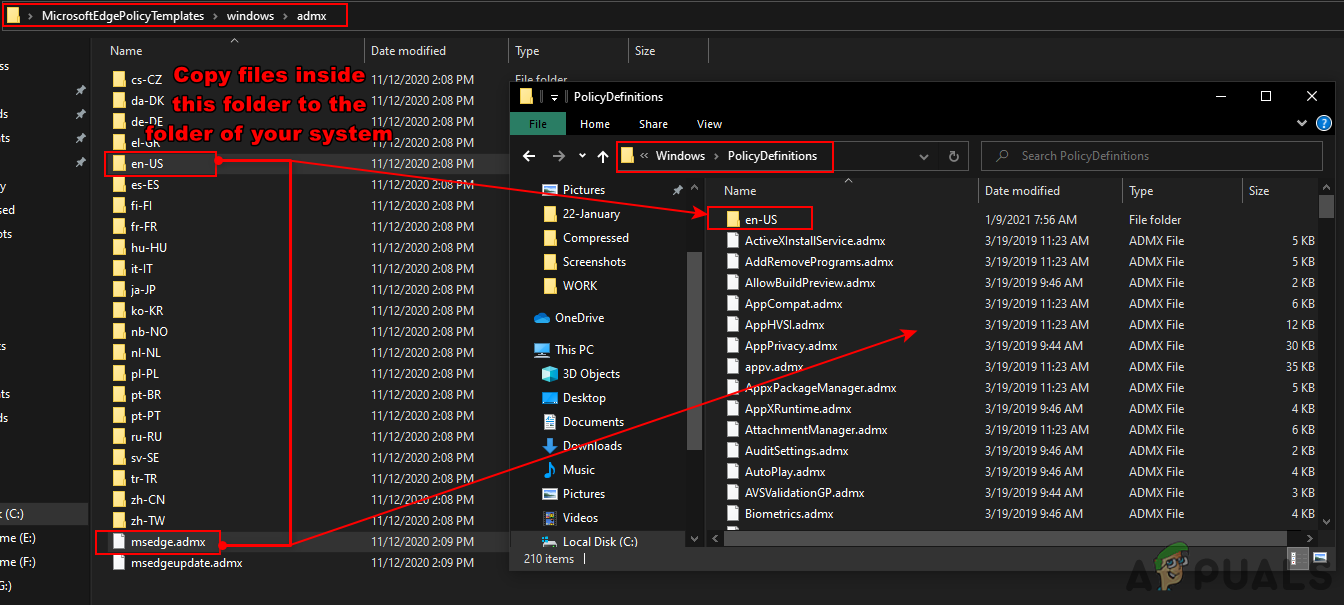
Copying policy files Note: The language file “msedge.adml” should be copied to the language folder.
- If the new policy files don’t appear in the Group Policy Editor, then restart the system.
- Press the Windows + R keys together on your keyboard to open the Run command dialog. Now type the “gpedit.msc” and press the Enter key or click on the Ok button. This will open the Local Group Policy Editor on your system.

Opening the Group Policy Editor - Now in the Local Group Policy Editor window, navigate to the following path:
Computer Configuration\ Administrative Templates\ Microsoft Edge\ Password manager and protection
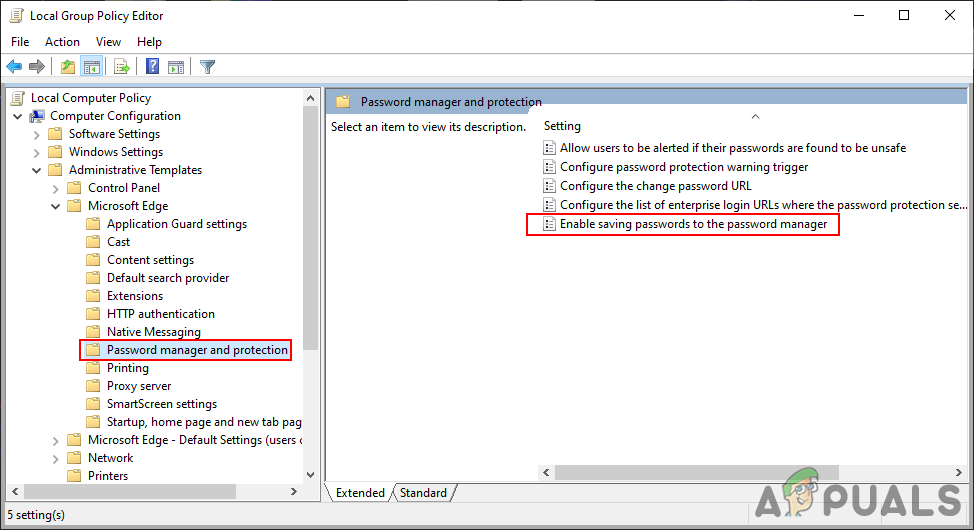
Opening the setting - Double-click on the setting named “Enable saving passwords to the password manager” and it will open up in another window. Now if you want to enable this feature, select the Enabled toggle option. If you want to disable this feature, select the Disabled toggle option.
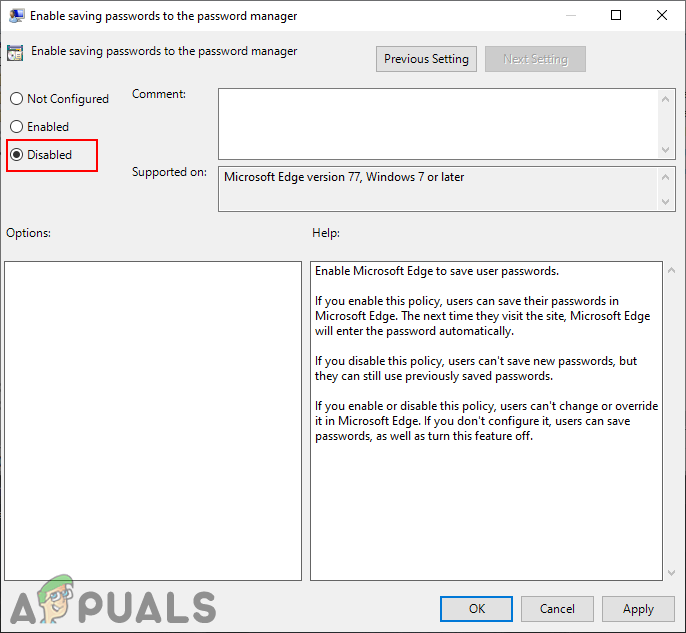
Disabling the setting - After that, click on the Apply and Ok buttons to save the changes. Depending on your chosen option, it will change the setting in the Microsoft Edge.
- You can always revert this back to the default setting by changing the toggle option to Not Configured in step 8.





